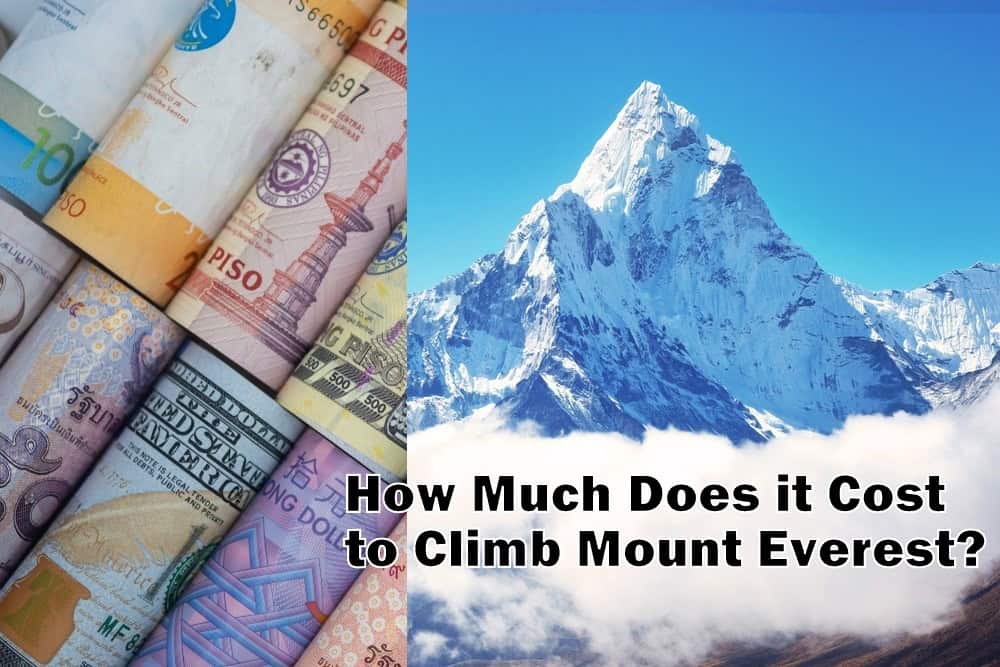
Climbing Mount Everest is a dream for many, but it comes with a significant price tag. The cost of an Everest expedition ranges widely, typically from $30,000 to $100,000 or more. This range depends on numerous factors, including the level of support, type of expedition, and personal preferences.
Types of Expeditions and Their Costs
Fully Guided Expeditions
Fully guided expeditions with Western guiding companies are the most expensive option, often ranging from $60,000 to over $100,000. These expeditions provide a high level of support, including experienced Western guides, top-quality logistics, and extensive base camp services. Climbers choosing this option benefit from comprehensive support, with experienced teams handling the complexities of the climb.
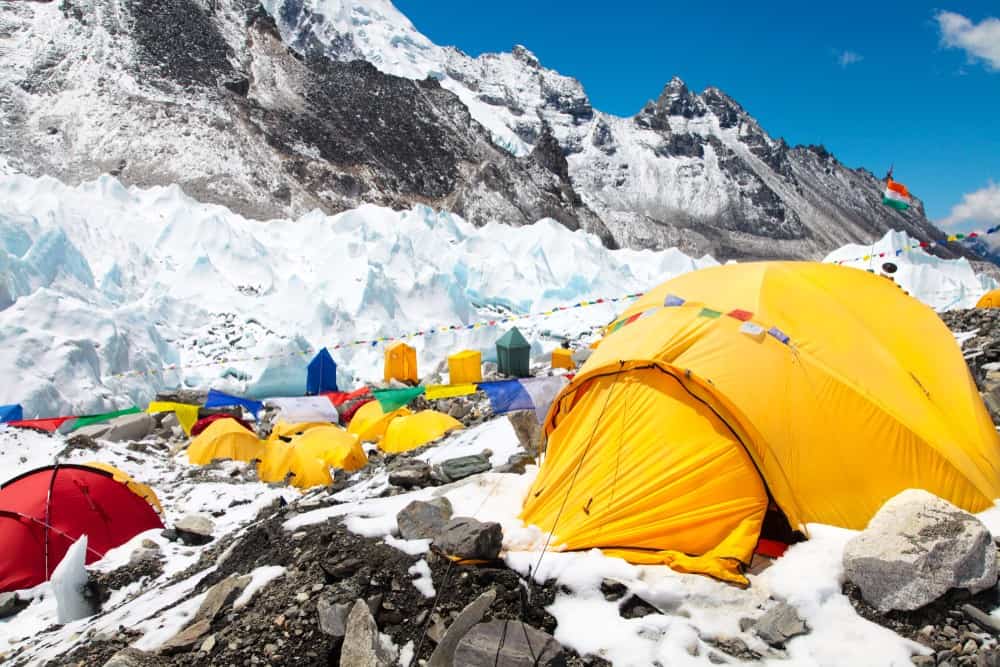
Locally Guided Expeditions
Locally guided expeditions led by experienced Nepali guides and Sherpas are a more affordable option, usually costing between $30,000 to $40,000. These expeditions offer a high level of expertise and support, with the added benefit of local knowledge. While they may not offer the luxury or Western-style amenities of the fully guided expeditions, they still provide the necessary support to make a safe ascent.
Independent Climbs
Independent climbs are the least expensive but come with the highest risks. They usually cost between $20,000 to $30,000. Climbers must handle their own logistics, including permits, equipment, and hiring support staff. This option is only suitable for highly experienced climbers with a deep understanding of high-altitude mountaineering.
Nepal Side vs. Tibet Side: Comparison of Costs
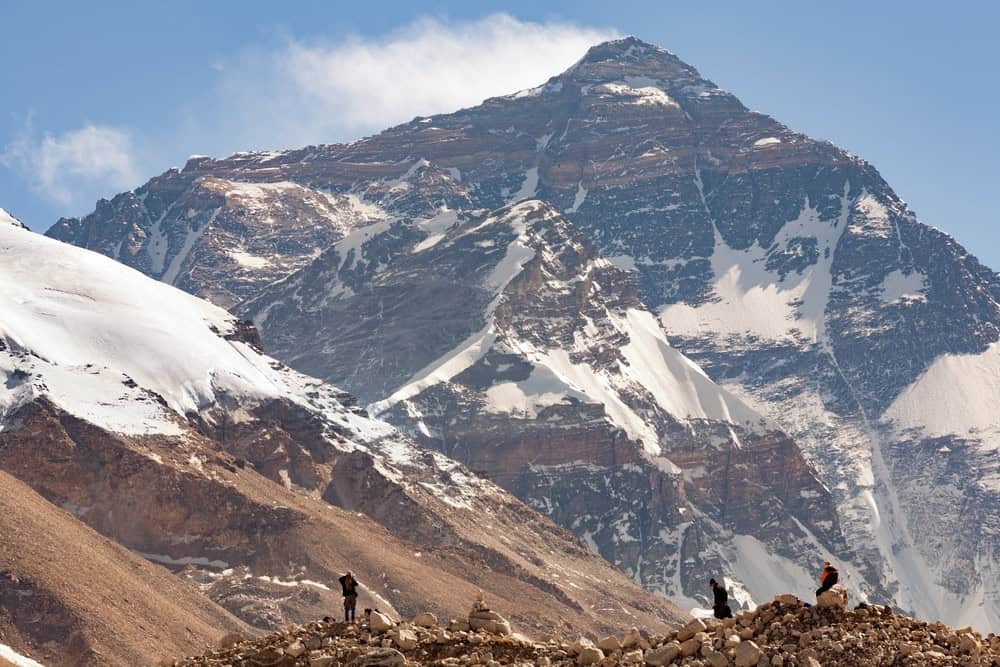
Climbing Everest from Nepal is generally more expensive than from Tibet, mainly due to the higher permit fees and the additional costs associated with the longer trek to Base Camp. However, the south route from Nepal is more popular and has better-established support infrastructure.
In contrast, climbing from the Tibetan side can sometimes be cheaper, with permits costing around $7,000 to $9,000. However, climbers often incur additional costs for travel and logistics when accessing the north side.
Detailed Breakdown of Costs
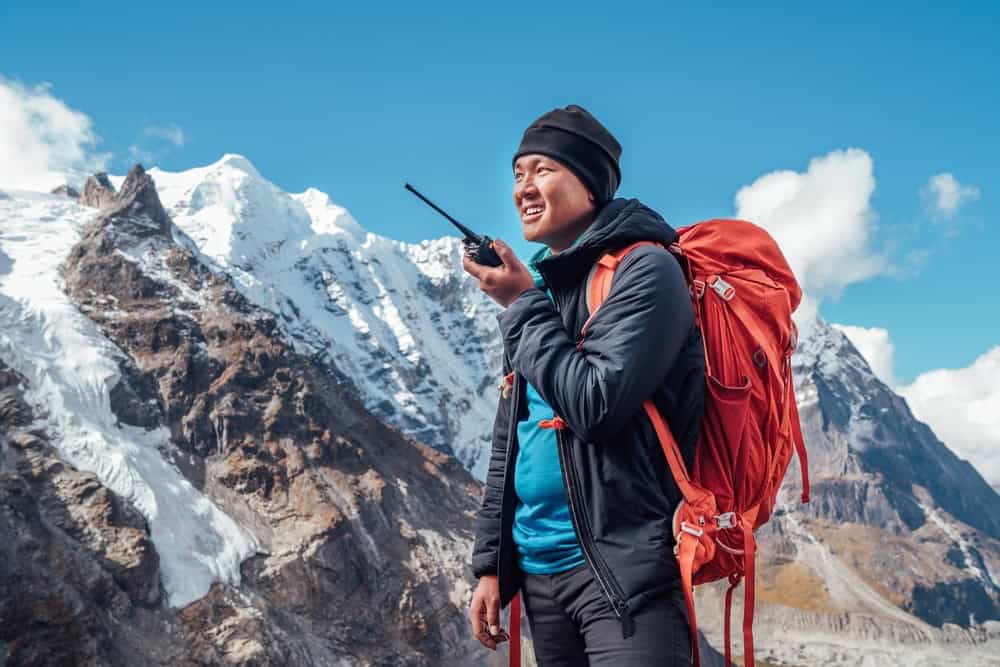
Permits and Fees
One of the largest expenses is the climbing permit. The Nepalese government charges around $11,000 per climber for a permit to climb Everest from the south side. This fee is non-negotiable and covers the right to attempt the climb within a specific timeframe.
Additionally, there are other fees to consider, such as a liaison officer fee and a refundable trash deposit to ensure climbers bring their waste down from the mountain. If you choose to climb from the Tibetan side, the permit costs are slightly different but still significant, often included as part of a full expedition package.
Logistics and Support
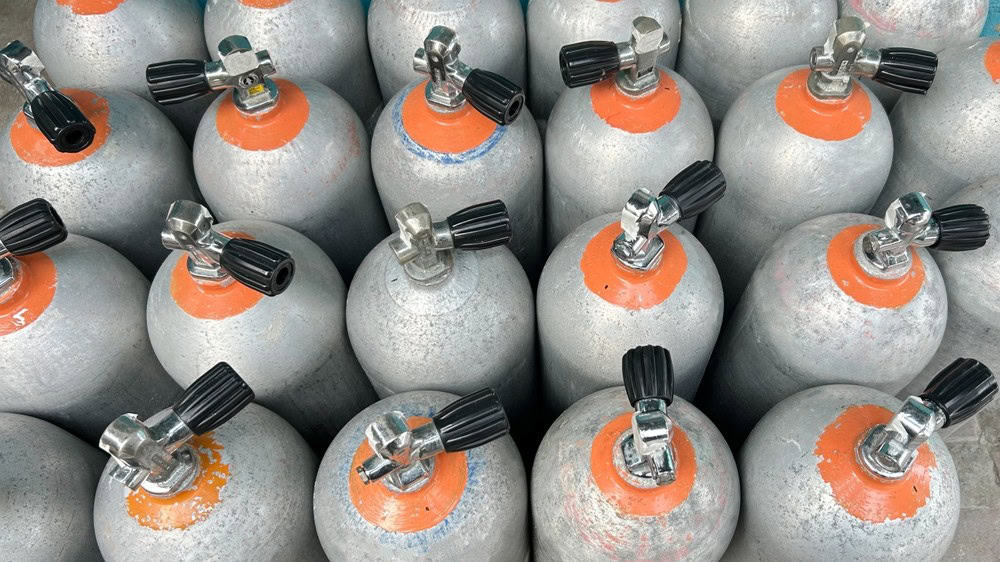
Expedition costs cover a broad range of services, including base camp setup, food, equipment, and communication facilities. It also includes hiring guides, Sherpas, and porters. The cost of guides varies, with Western guides charging significantly more than local Nepali guides. A fully guided expedition with a Western guide can cost upwards of $40,000, while an expedition using local Sherpas may cost around $5,000 to $10,000 for their services.
A fully supported expedition can range from $20,000 to $50,000. Oxygen supplies, including tanks, masks, and regulators, can add up to several thousand dollars alone. Independent climbers who opt to arrange their own logistics and support will still incur significant costs for permits, food, and equipment.
Gear and Equipment
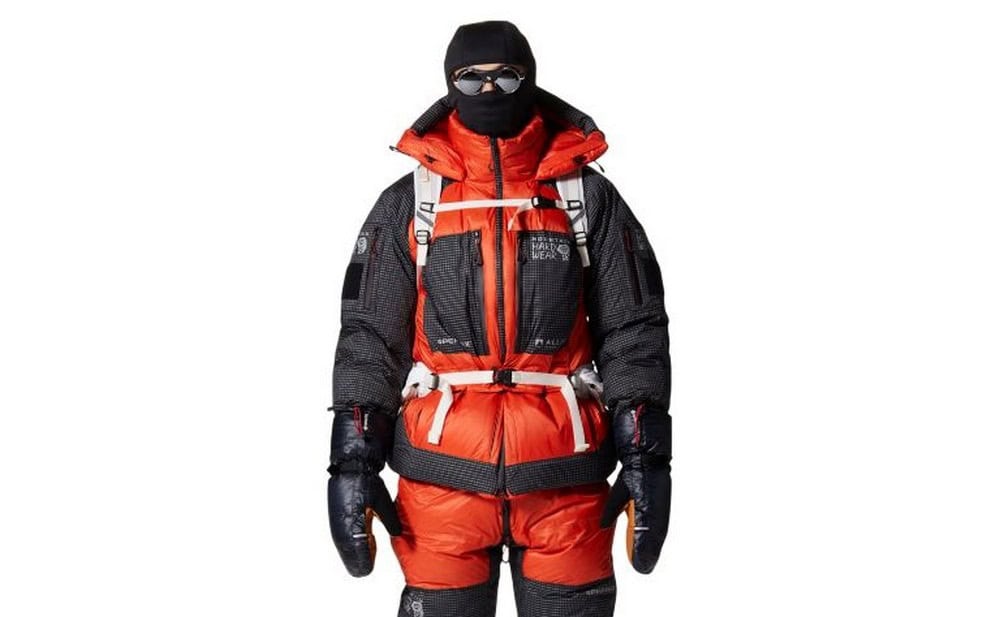
Quality gear and equipment are required for surviving the extreme conditions on Everest. This includes high-altitude clothing, boots, sleeping bags, tents, technical climbing gear, and more. The cost of a full set of gear can range from $5,000 to $10,000 or more, depending on the quality and brands chosen. For example, a high-quality down suit, necessary for the cold temperatures near the summit, can cost upwards of $1,000. Additionally, mnountaineering equipment like crampons, ice axes, and harnesses are required for the technical sections of the climb.
Travel and Accommodation
Getting to Mount Everest involves international and domestic travel expenses. Most climbers fly into Kathmandu, Nepal, before taking a domestic flight to Lukla, the starting point for the trek to Everest Base Camp. International flights to Kathmandu can range from $1,000 to $2,000, depending on the point of origin and season. The flight from Kathmandu to Lukla typically costs around $200 to $300 each way. Accommodation expenses include hotels in Kathmandu, lodges during the trek to Base Camp, and the cost of food. While trekking lodges (tea houses) are relatively inexpensive, costs can add up over the course of the journey. Additionally, some climbers may choose to hire a helicopter for faster transport, which can be a significant additional expense.
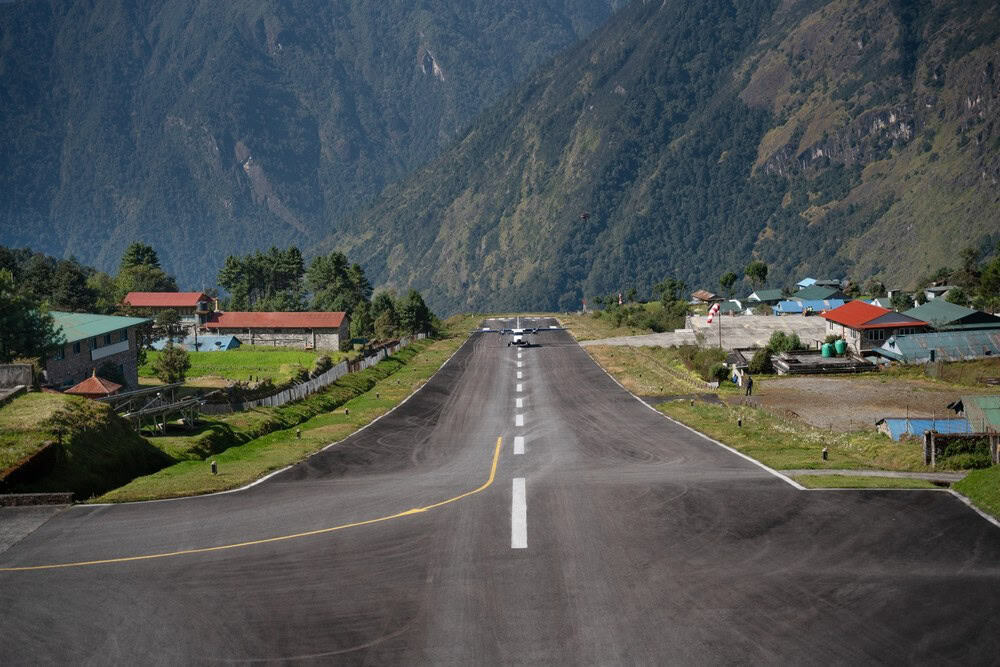
Insurance
Comprehensive travel insurance that covers high-altitude climbing, emergency evacuation, and medical treatment is recommended. Due to the risks involved, policies can be expensive. Helicopter evacuations, which can cost $5,000 or more, are sometimes necessary in case of severe altitude sickness or injury. Therefore, insurance must cover the high costs of emergency services, making it an important part of the budget.
Miscellaneous Expenses
There are several other costs to consider. These include visa fees, tips for guides and Sherpas, gear rentals, personal expenses, and meals in Kathmandu. Tips for the support staff, especially Sherpas, are a customary and important part of the expedition. Climbers should budget around $1,000 to $2,000 for tips, which are usually pooled and distributed among the team. Personal expenses, such as additional gear, snacks, and entertainment during rest periods, can also add up.
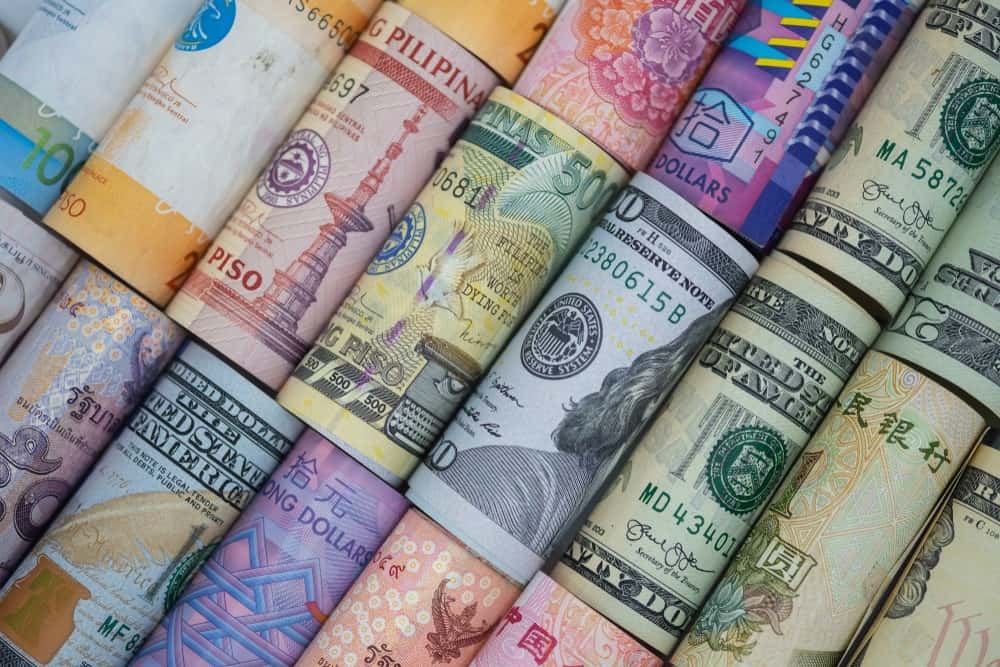
Is It Worth the Cost?
The financial cost of climbing Everest is steep, but for many, the experience of standing on the world’s highest peak is priceless. This journey is not just about reaching the summit; it’s about personal achievement, testing one’s limits, and being part of a historic tradition. Moreover, the money spent supports local economies, providing income for Sherpas and guides who are integral to the success of these expeditions. While the cost is high, the value of the experience is often measured in memories, challenges overcome, and the profound sense of accomplishment that comes with it.
Who Climbs Everest?
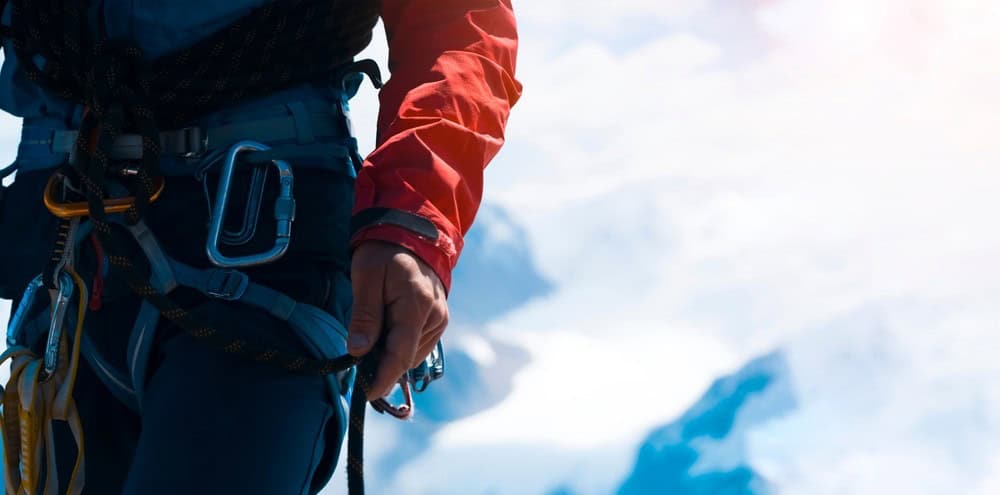
Given the high cost, time commitment, and the rigorous training required, the demographic of climbers attempting Mount Everest is quite specific. Traditionally, Everest was the realm of elite mountaineers and explorers. Today, however, the mountain sees a broader range of climbers.
- Age Range: The typical age range for Everest climbers is between 30 and 50. However, some younger climbers in their 20s and older climbers in their 60s have successfully reached the summit. The age diversity has increased with advancements in training, gear, and guided expeditions. The youngest person to summit was 13 years old, while the oldest was 80, showing that age is less of a barrier than it used to be.
- Professionals and Adventurers: Many climbers are professionals who have the financial means to fund an Everest expedition. They often include business executives, doctors, engineers, and other well-paid professionals. These individuals typically see Everest as a personal challenge or a bucket-list item, representing both a physical and mental test.
- Experienced Mountaineers: A significant portion of Everest climbers are experienced mountaineers who have summited other high peaks like Denali, Aconcagua, or the other Seven Summits. For them, Everest is often seen as the pinnacle achievement in their climbing career. They have invested years in training and building the skills necessary for high-altitude climbing.
- Climbers from Around the World: While climbers historically came predominantly from Western countries like the United States, the United Kingdom, and Europe, today’s Everest climbers are more diverse. With increasing global interest, climbers now come from all corners of the world, including countries like India, China, and South Korea.
- Wealthy Individuals and Sponsored Climbers: Due to the high costs, some climbers are funded by sponsors, while others are wealthy individuals who can afford the extensive expenses without financial strain. Sponsorships often come from companies, brands, or philanthropic organizations looking to support climbers in exchange for publicity or charitable efforts.
Comparison to Cost of Climbing Mount Kilimanjaro

Climbing Mount Kilimanjaro is wildly more affordable than climbing Mount Everest. The cost of a Kilimanjaro trek usually ranges from $2,900 to $3,600, depending on the chosen route, the length of the trek, and the level of service provided. This price typically includes permits, guide fees, porters, food, camping equipment, and park fees.
The key differences lie in the duration, logistics, gear requirements, and permit fees. An Everest expedition takes 6 to 10 weeks, while Kilimanjaro can be climbed in just 5 to 9 days, significantly reducing accommodation, food, and guide expenses for Kilimanjaro. Everest also requires extensive logistical support while Kilimanjaro does not. In terms of gear, Everest demands high-end mountaineering equipment suitable for extreme conditions, whereas Kilimanjaro requires only basic trekking gear. Additionally, the permit fees for Everest are some of the highest in the world, while Kilimanjaro’s fees are much lower, further contributing to the cost difference.




























































